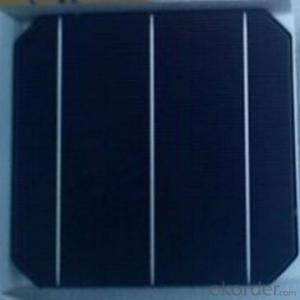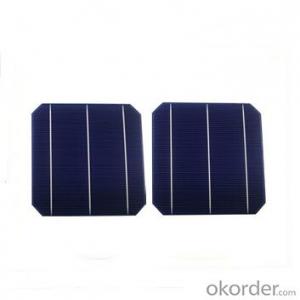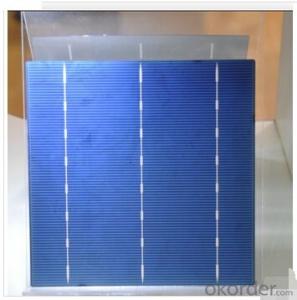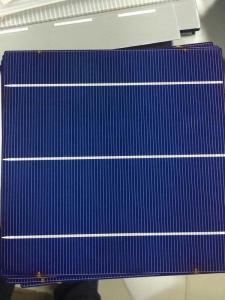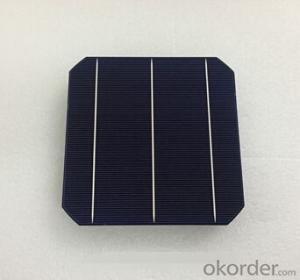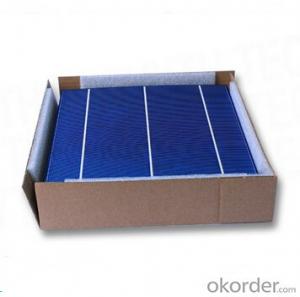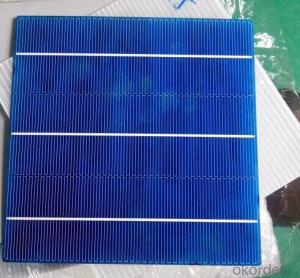3x6 Solar Cells
3x6 Solar Cells Related Searches
Except For Solar Cells Weegy Problems With Solar Cells High Power Solar Cells Light Trapping In Solar Cells High Performance Solar Cells High Output Solar Cells High Wattage Solar Cells Energy Transfer In Solar Cells High Efficiency Hvac Systems Recombination In Solar CellsHot Searches
Cheap Solar Cells For Sale Flexible Solar Cells For Sale Q Cells Solar Panels For Sale Printed Solar Cells For Sale Bulk Solar Cells For Sale 6x6 Solar Cells For Sale Broken Solar Cells For Sale Cpv Solar Cells For Sale Photoelectric Cells For Sale Price Of Silicon Solar Cells Price Of Solar Cells Over Time Buy Solar Cells From China Cheap Solar Cells China Best Type Of Solar Cells Flexible Solar Cells Price Q Cells Solar Panels Price 3 Types Of Solar Cells Production Of Solar Cells Common Types Of Solar Cells Q Cells Solar Panel Prices3x6 Solar Cells Supplier & Manufacturer from China
Okorder.com is a professional 3x6 Solar Cells supplier & manufacturer, offers integrated one-stop services including real-time quoting and online cargo tracking. We are funded by CNBM Group, a Fortune 500 enterprise and the largest 3x6 Solar Cells firm in China.Hot Products
FAQ
- Yes, solar cells can be used in space. In fact, they are commonly used in space missions to generate electricity from the sunlight in the absence of an atmosphere. Spacecraft and satellites often rely on solar cells to power their systems and equipment.
- How about the current market price for the film solar?
- Just for your reference, we are a film solar supplier based in US, and the price for the film solar is around USD 20 each.
- Yes, solar cells can be integrated into electric vehicle charging stations. By harnessing solar energy, these charging stations can reduce reliance on the electrical grid and provide clean, renewable power for charging electric vehicles. This integration promotes sustainability and helps to reduce carbon emissions associated with transportation.
- Can a solar cell be used in commercial buildings?
- Solar cells can not only be used in the factories, but also in commercial buildings!
- The amount of electricity a solar cell can generate depends on various factors such as the size and efficiency of the cell, the intensity and duration of sunlight, and the environmental conditions. On average, a standard solar cell can generate around 1 to 2 watts of electricity per square meter under optimal conditions.
- Yes, solar cells can be used on satellites. In fact, they are commonly used to power satellites in space by converting sunlight into electricity.
- Yes, solar cells can be effectively used in desert regions. Deserts have abundant sunlight, which is essential for generating solar energy. Additionally, the arid climate conditions in deserts provide less cloud cover and minimal air pollution, resulting in higher efficiency and output of solar cells.
- Solar cells have a positive impact on the electricity grid by reducing the overall demand for electricity from traditional power sources. By generating clean and renewable energy, solar cells contribute to a more sustainable and resilient grid. They help to lower greenhouse gas emissions, decrease dependence on fossil fuels, and promote a decentralized energy system. However, their intermittent nature can pose challenges for grid stability and require the integration of energy storage technologies.

















